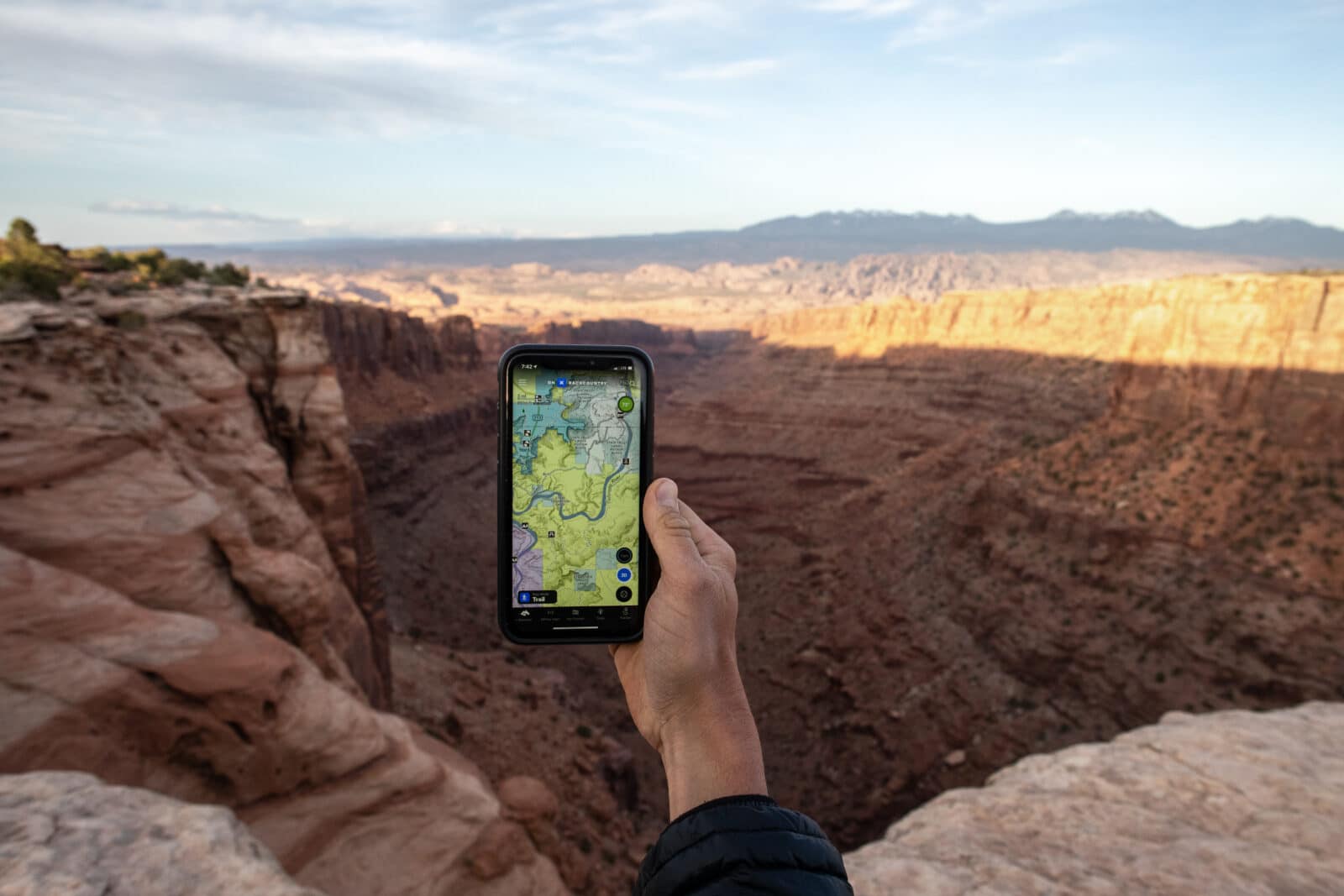A Guide To Desert Hiking
Spring is in the air which means one of our favorite things: desert season is right around the corner. The American West has a diverse array of desert terrain throughout Colorado, California, Utah, Arizona, and New Mexico. Whether you’re exploring slot canyons in Zion, arid hikes in Joshua Tree, or the white sand dunes of New Mexico, spending time in vast desert landscapes invokes a sense of wonder that we all crave.
While wandering through the desert can be an amazing way to spend a spring vacation, the dry climate, harsh sun, and minimal natural water can make the desert a challenging environment. It’s a trip well worth the effort, but one that takes some planning to knock out of the park. Here are some tips and tricks for your next desert hiking trip, with beta on when to go, what to bring, and how to plan the best routes.
Timing Your Trip: When Is The Best Time of Year For Desert Hiking?
Spring and fall are ideal seasons to visit the desert. March through May and late September through late October are some of the best times to visit, when temperatures range from mid 60s to 80s during the day. It’s best to avoid the desert in the summer, when temperatures in places like Moab rise to 100°F and above, making it challenging to spend time outside during the day. Spring and fall is the high season (for good reason), so depending on where you’re going, expect crowds at popular trailheads and campsites. The winter can be a calm and peaceful time to visit the desert as well, as long as you don’t mind chilly nights.

Desert Timing and Route Planning
The arid climate and lack of forest cover in the desert makes even a 70°F day feel like a scorcher. Because of that, you’ll want to plan hikes that start early to avoid being out in the heat of the day. On the hotter days, planning a morning hike and an evening hike (with a nap and picnic at camp in between) can be a great way to spend time hiking during cooler hours. If you have a headlamp and feel confident navigating, night hiking in the desert is another cool way to explore the landscape, especially on clear nights where you’ll see some of the best stars imaginable.
If you’re going to be out all day, plan a route that has some shade to give yourself a break from the sun, whether it’s exploring a slot canyon or taking lunch under a big grove of trees. The hottest part of the day usually falls between 10 a.m. and 4 p.m., so check the weather and plan accordingly. If you’re in an area prone to flash floods, stay up on any warnings issued and avoid areas of consequence (like deep slot canyons) during flood season.
Try onX Backcountry for free for 7 days.
Desert Hiking Essentials and What To Wear
Loose-fitting, breathable clothing is the best line of defense for desert weather. It’s tempting to shed layers and hike in a tank top and shorts, but opting for long pants and a sun hoody (choose light colors!) will protect your skin from the sun’s rays far more effectively. Lightweight long pants will also help protect your legs from prickly cacti, dust, and bugs. If you plan to hike for multiple days, the more skin you’ve got covered the better you’ll feel. Avoid cotton, instead choosing synthetics or merino wool that will wick moisture as you sweat.
Even if you visit the desert in the winter, sunglasses, a wide-brimmed hat, and sunscreen are always important to wear in the desert. Although it might not feel hot some days, the constant exposure from the sun will catch up to you quickly. A bandana dipped in water will protect your neck and help cool you off.
While it’s comfortable to spend the daytime in shorts and a tank top, massive temperature swings lead to cold nights. Temperatures drop about 30 degrees at night in the desert, so bring some extra layers for evenings around the campfire.
Staying Hydrated
It’s challenging to stay hydrated while hiking in the desert. Minimal shade and barely any natural water make it tough to cool off, and sweating for hours in the sun leads to excessive electrolyte loss. Aside from carrying extra water, supplement with some electrolytes—whether it’s in the form of a sports drink or energy chews—and add salty snacks to your picnic.
If dehydrated for too long, you can suffer from heat exhaustion, which can turn into heat stroke if left untreated. Learn to recognize the symptoms and have a backup plan in case a member of your party needs to turn back.
All in all, hiking in the desert can be an unforgettable experience with the right planning. Know when to go and what to bring so you can explore the vast trails and canyons with confidence.